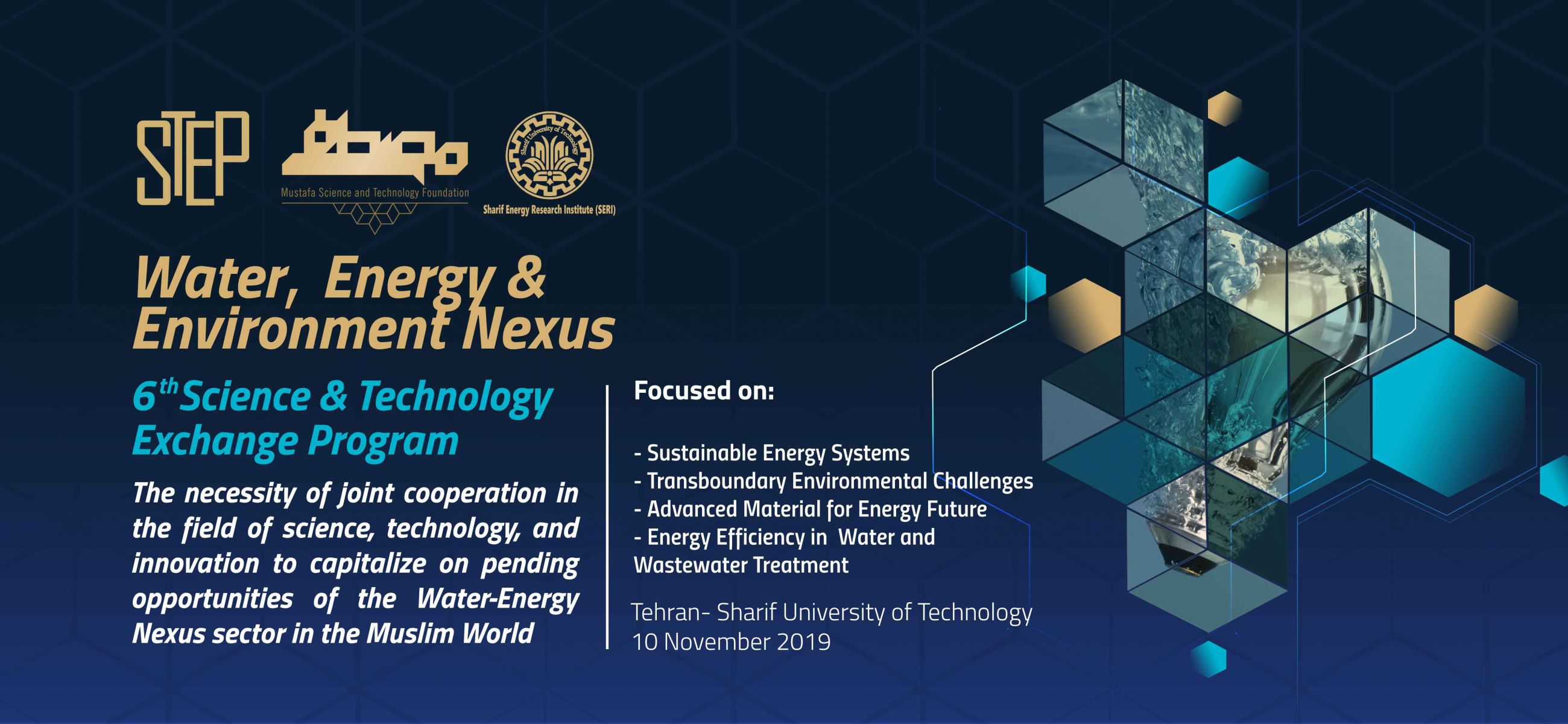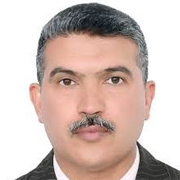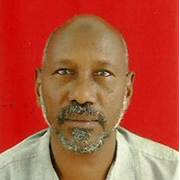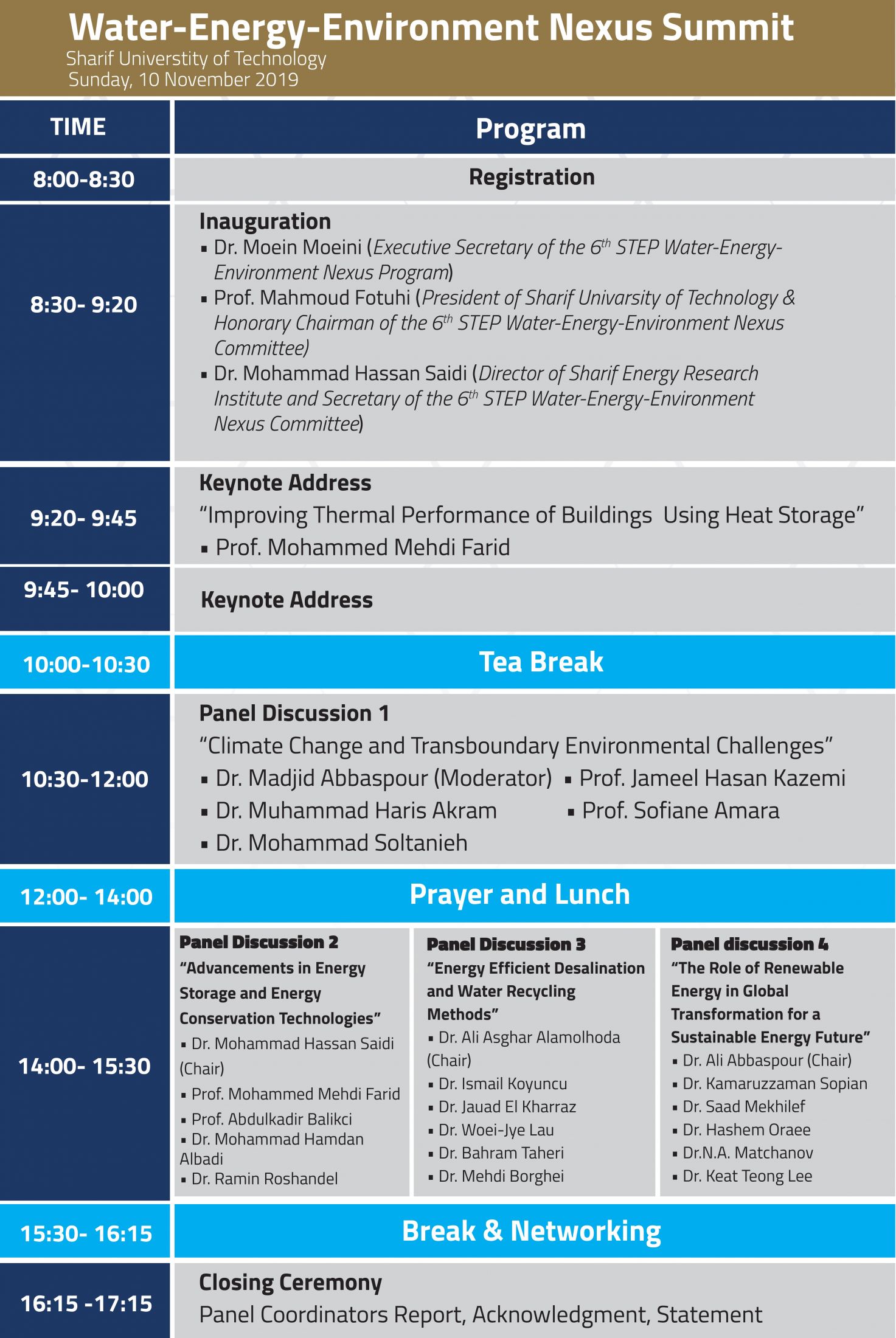Water, Energy & Environment Nexus

Water, Energy & Environment Nexus
Industrial Development and Population Growth, as well as rising living standards in the world, will lead to an increase in energy demand by approximately 3 times. Since water and energy are two components of one chain, the resource constraints in each sector will have an undeniable effect on the other. All links of the water value chain, including extraction, treatment, desalination, transmission, and distribution, need energy and are mutually dependent on fuel extraction and refinement, and different forms of energy generation. Therefore, considering these two areas at the same time is of vital importance. Muslims - who represent more than a fifth of the global population - live in some of the regions most affected by the changing climate; from Turkey and the Middle East with their increasingly intense droughts to the floodplains of Bangladesh and Indonesia.
Despite Islamic countries’ abundant natural resources and energy reserves, about 2% of the population in these countries does not have access to electricity. In addition, the Islamic countries account for 4.9% of the world's population, while they possess 1.5% of the world's renewable water resources. Therefore, about half of these countries are facing to the water crisis. This limitation of water resources will undoubtedly affect the sustainability of agriculture, industry and consequently, the ability of countries to fulfill essential products and services to raise living standards. While some natural phenomena such as climate change, cannot be easily controlled, working together in science and technology can minimize our vulnerability to these challenges. Accordingly, one of the most important topics which will be discussed in the Sixth Science and Technology Exchange Program is the "Water-Energy Nexus".
SPEAKERS

Sofiane Amara
Director of Research Unit Materials and Renewable Energies (URMER), Tlemcen University, Algeria

Kamaruzzaman Bin Sopian
Director of Solar Energy Research Institute at Universiti Kebangsaan, Malaysia
.jpg)
Woei-Jye Lau
Associate Professor, School of Chemical & Energy Engineering, Universiti Teknologi Malaysia, Malaysia

Keat Teong Lee
Director of Research Creativity & Management Office, Universiti Sains Malaysia, Malaysia

Mohammed H. Al Badi
Head of Electrical & Computer Engineering Department at Sultan Qaboos University, Oman

Joon Ching Juan
Associate Professor of Catalysis at Nanotechnology and Catalysis Research Centre (NANOCAT), University of Malaysia, Malaysia

Ismail Koyuncu
Director of National Research Center on Membrane Technologies, Istanbul Technical University, Turkey

Sajjala Sreedhar Reddy
Head of the Department of Civil and Environmental Engineering at University of Nizwa, Oman

Belkheir Hammouti
President of The Association Moroccan Center For Development And Science (MOCEDES)











